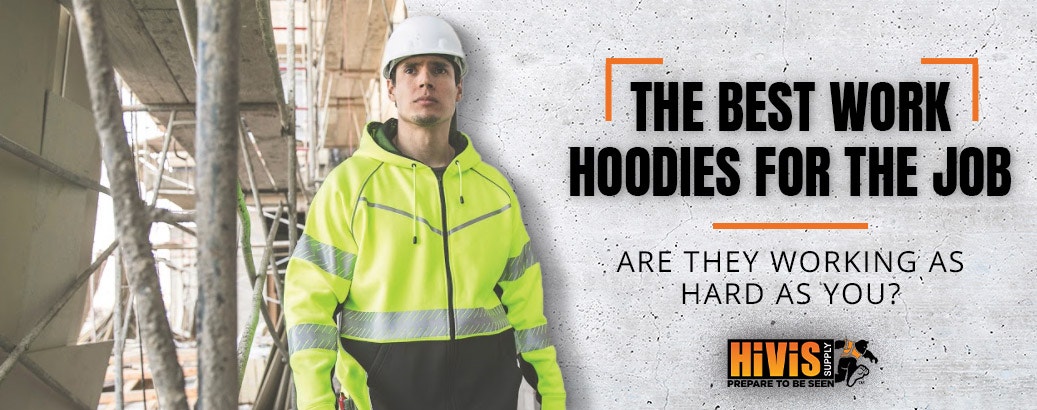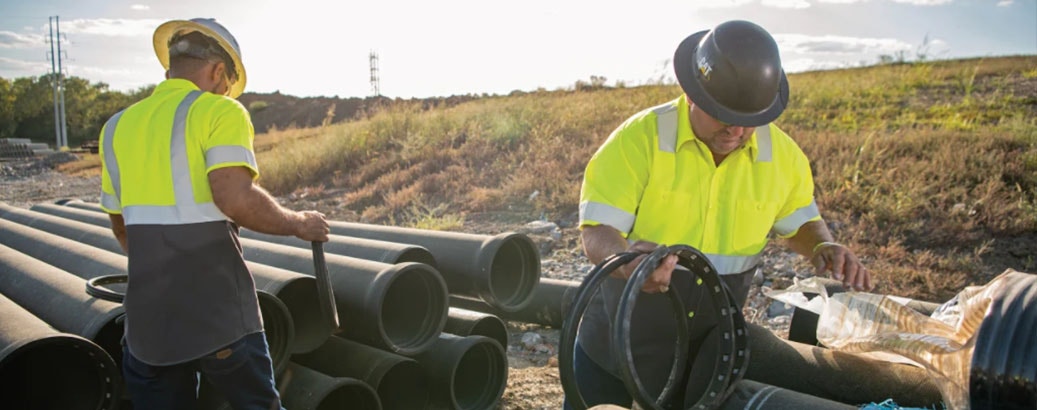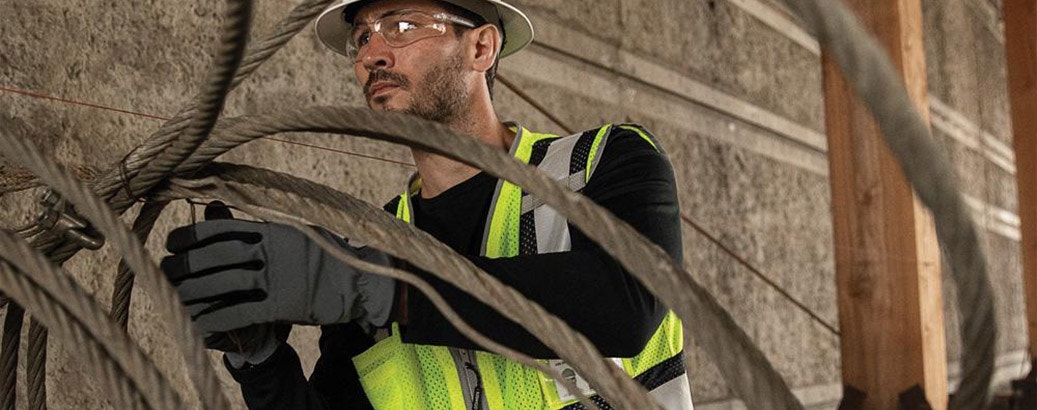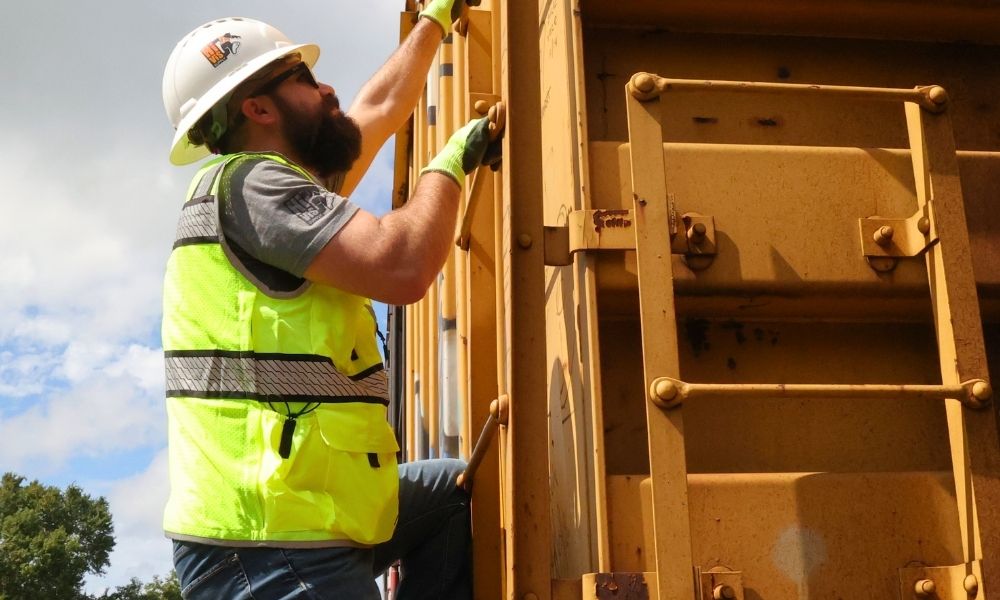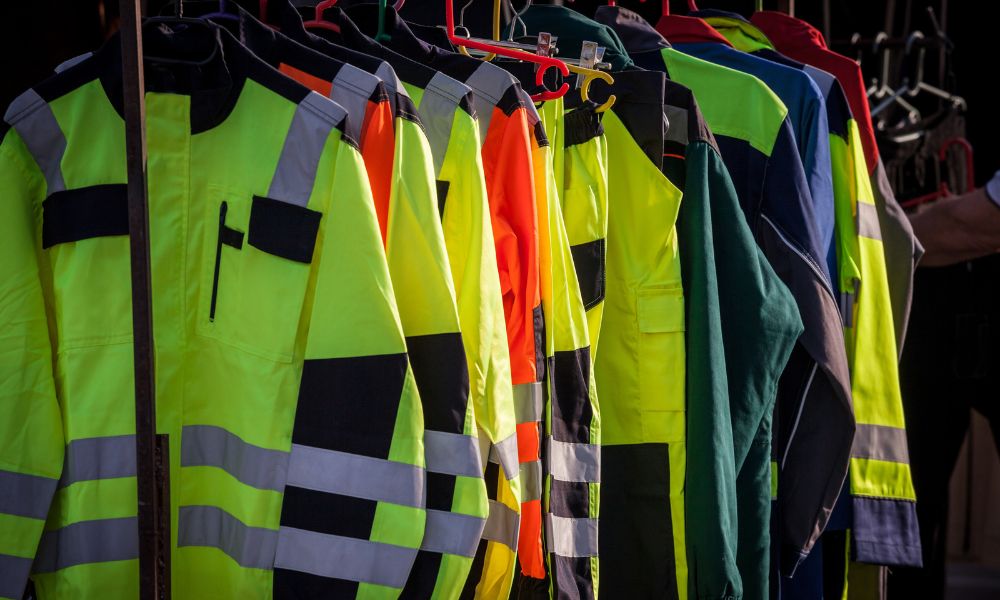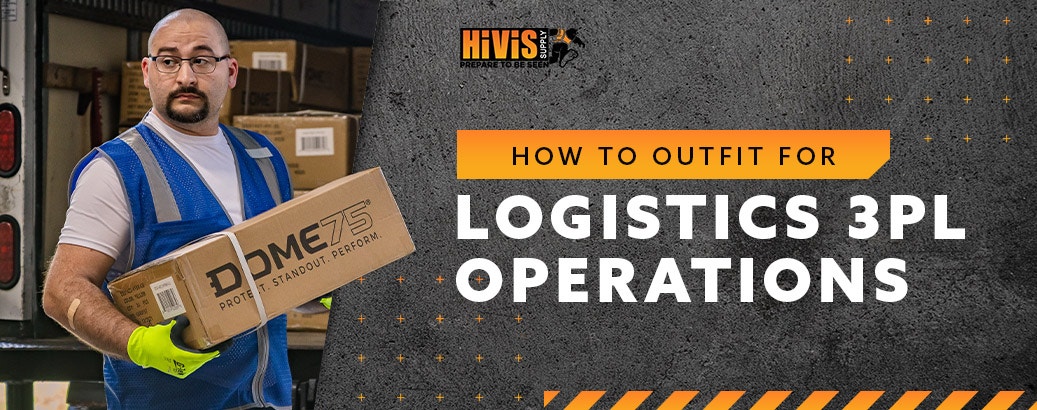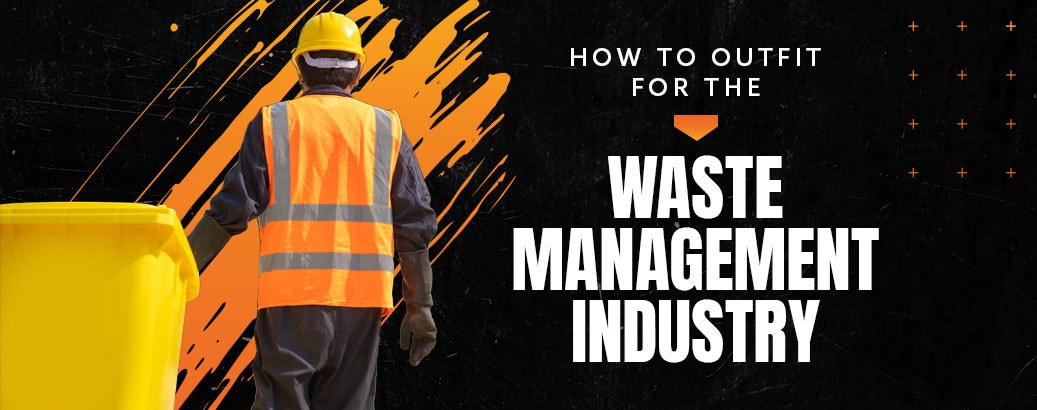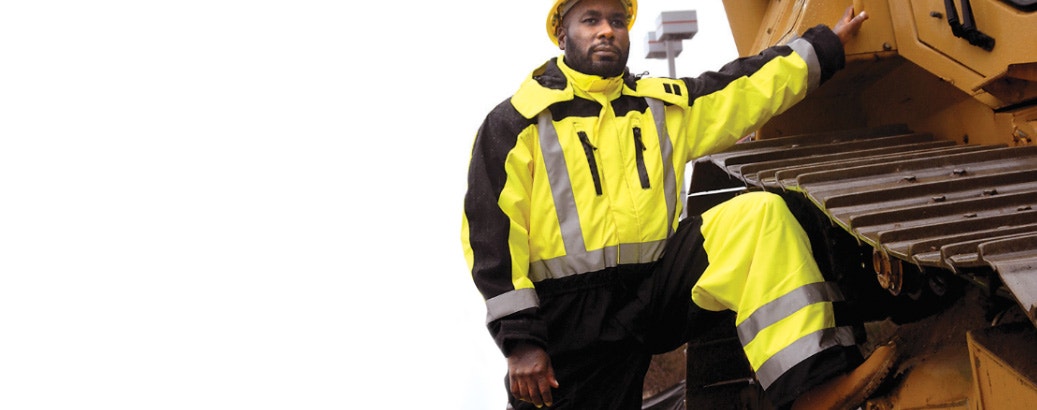History of Reflective Tape and Key Safety Benefits
- By HiVis Supply
- Mar 1, 2021

It’s taken decades of hard work and innovation to get to the current state of high visibility safety gear. Across the 20th century and into the 21st, creative men and women with a passion for safety have developed the high visibility safety solutions that keep workers safe and seen today.
We’ve talked in a previous post about the history of hi vis safety colors, but there’s more to high visibility gear than bright fluorescent colors. Reflective tape is another part of safety work clothes that’s just as crucial as bright colors, and it has a history that’s just as interesting. What are the most important safety benefits of hi vis reflective tape? How did it get to its current technological state and how is it used in hi vis workwear today? Those are the questions we’ll reflect on here.
Reflective Tape: Basic Information and Safety Benefits
Why is reflective tape such an important element of today’s hi vis workwear? The fundamental need comes from the fact that, in low light conditions, it’s often difficult for vehicle operators to distinguish the shapes of signs or people because most bodies and objects do not reflect light. It’s easy to understand why this can lead to tragic accidents.
Reflective tape is one of two major tools — the other being high visibility fluorescent colors — for making workers and signs easier to see in low light conditions, such as night or bad weather. Retroreflective tape works by reflecting the light from a vehicle’s headlights at the vehicle’s operator. Every piece of retroreflective tape uses tiny beads or prisms to bounce back the light rather than absorbing it. Importantly, reflective tape is designed to bounce the light back in the direction of its origin, which is why it’s so useful for alerting drivers.
You’ll find reflective tape on almost all high visibility safety gear. In fact, the amount of reflective tape on safety workwear is one of the most important parts of the ANSI 107 high visibility standard. Workers in certain occupations, such as highway maintenance professionals who work at night, are often required by law to wear hi vis workwear that meets a certain ANSI standard level. So, we know what reflective tape is good for. But how did it get to where it is now, and what are the latest developments in its technology? That’s what we’ll discuss next.

Signs of Things to Come
The history of retroreflective materials begins with road signs. As automobiles became increasingly common in the 1920s, it became important to have road signs that were easily visible to drivers at night. The earliest attempts at retro-reflectivity included large glass beads placed on signs, but their reflective efficiency was low, and they were all but useless in rain.
3M revolutionized the retroreflector industry with its development of reflective tape in the 1940s. This durable and easy-to-apply tape used micro-sized reflector beads only a few fractions of a millimeter wide. Not only was the reflective tape more efficient, but it was also effective in heavy weather, thanks to a metalized layer that the engineers applied. The technology was even used on movie screens to produce clearer, brighter images.
Micro Prismatic Materials
The next big leap in reflective materials came with the development of micro prisms — angled shapes resembling the corner of a cube. These tiny prism shapes provide a big leap in quality over beads because a much greater amount of their surface area is angled toward the light source, which results in a much better reflective capacity.
A corporation called Reflexite began producing micro prism tape in the 1970s, and other manufacturers quickly began competing with their own versions. Meanwhile, bead sheeting continued to improve, as well, with the development of new metallic films that improved its performance.
A New Level of Reflection
Retroreflective materials have continued to improve throughout the years. Often, the reflective tape on a modern construction reflective vest is among the most advanced ever produced. 3M’s “full cube” technology is the latest revolution in retroreflective technology, with multiple sections of a cube combined into cellular structures that provide a big boost to reflectivity.
Thanks to computer-aided design and advanced manufacturing processes, innovative materials science companies have more tools than ever when it comes to manufacturing high-performance reflective tape. New technologies are being researched all the time, and our job sites will continue to get safer and more productive as these technologies arrive.
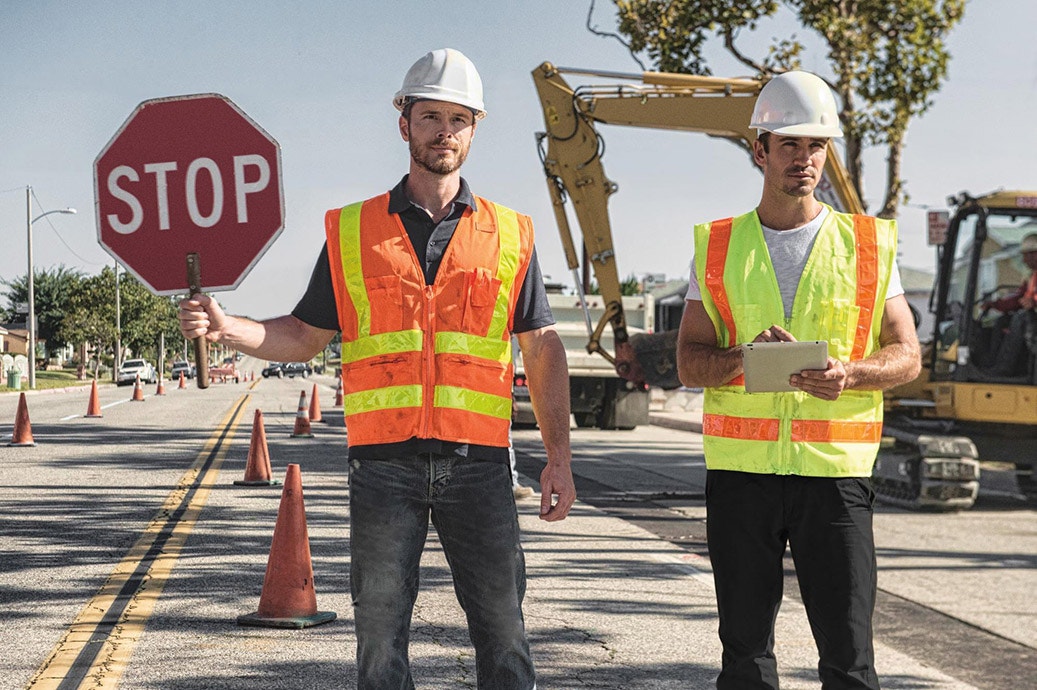
For more on the surprisingly interesting history of hi vis workwear, make sure to check out our history of hi vis colors. Ready to see what HiVis Supply has to offer? Find what you need in our full selection of safety work clothes.



